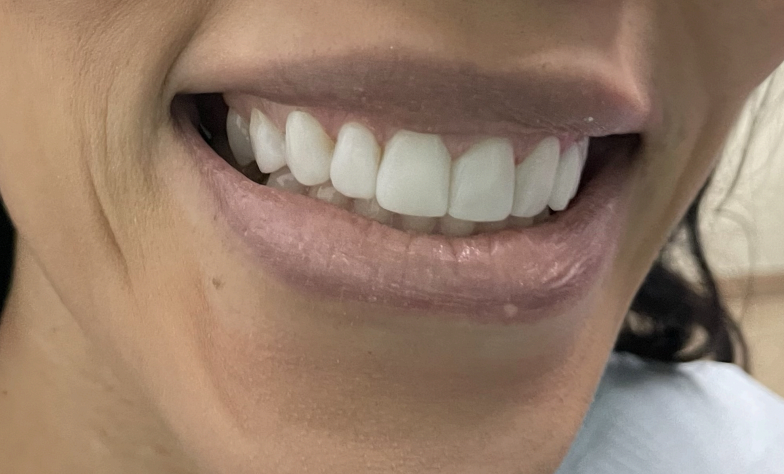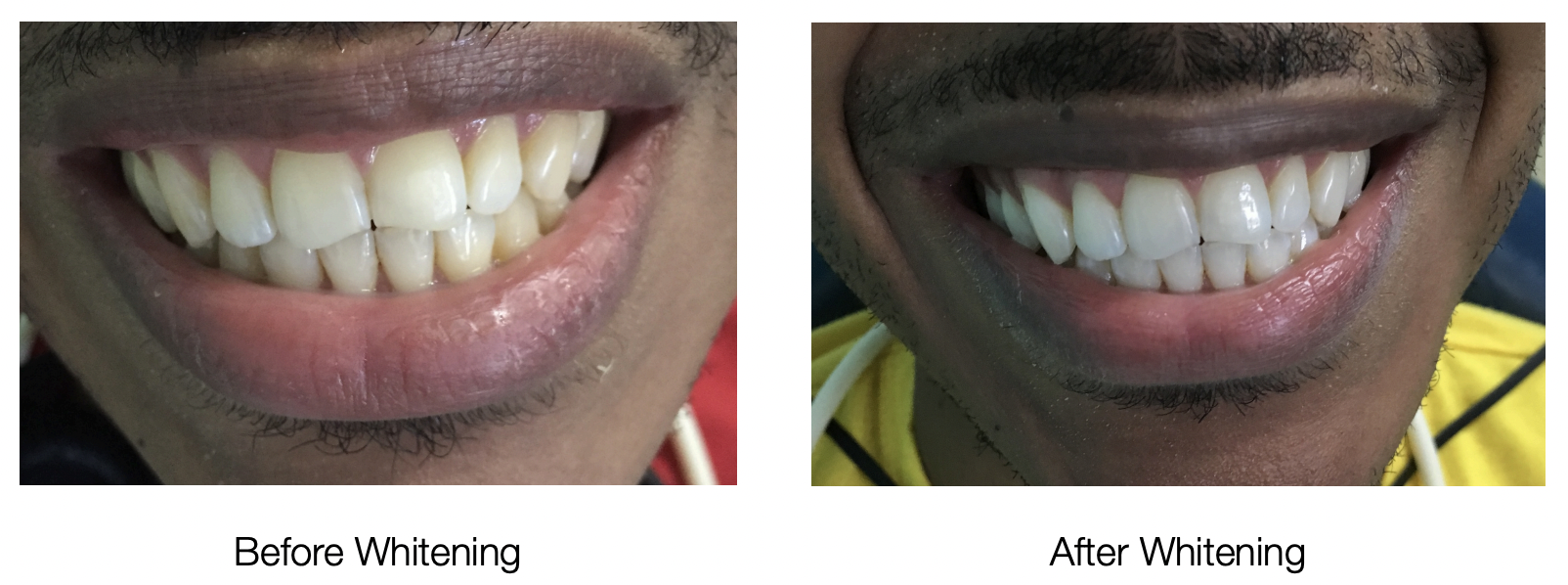
Cosmetic Dentistry
Veneers
A veneer is a thin layer of material that is placed over a tooth to improve the appearance or protect a damaged tooth. They can be made of either composite material or porcelain and are bonded to the tooth.
Reasons for Veneers include:
To create a uniform, white, beautiful smile.
Misshapen teeth, worn or chipped teeth.
Severely discolored or stained teeth.
Teeth that are too small or large.
Unwanted or uneven spaces.
Teeth Bonding
Bonding is the process by which tooth colored Composite filling materials is bonded to the front surfaces of the tooth to improve on the colour, shape or position of the tooth. entire front surface of the tooth is bonded with Composite.
Bonding can be used to close gaps in between front teeth and even to effectively correct front teeth with mild crowding.
Bonding is also commonly used to correct front teeth which have broken and to remove natural patches of discoloration within the tooth enamel.
Teeth Whitening
Teeth whitening also known as “ bleaching “ is a relative simple process that lightens teeth and helps to remove stains and discoloration.
Most of us have teeth that are various shades of white. They may be white with an undertone of yellow or gray or even red. The colour of our teeth is affected by certain factors eg. Frequent consumption of darkly stained foods and beverages, age, smoking and traumatic injury to teeth.
It is also possible to have stains that are inside the tooth. These are called intrinsic stains which most times are either opaque white or brown.
There are two options for Professional teeth whitening, the in-office whitening procedure and the take home whitening kit. Whitening in the office may involve 2 to 6 visits of approximately 45 minutes each. For whitening at home, you are given custom trays that are made in the dental office that fit your teeth precisely. These trays are worn with professional strength whitening gel for a few hours preferably at night and results are usually seen within 2 to 6 weeks depending on the level of staining.
Before teeth whitening is done, the mouth has to be in “tip top “shape ,all cavities have to filled to avoid sensitivity and further damage to decayed teeth, teeth have to be professionally cleaned to remove any outside stains and calculus build up, and to ensure gums are healthy. The most common side effect of teeth whitening is temporary sensitivity of teeth for which you are treated for prior to and during treatment.
After having your teeth whitened, certain white fillings or crowns may need to be redone to match your new shade. Touch-ups are generally needed to maintain your desired shade, depending upon habits .eg, smoking.





